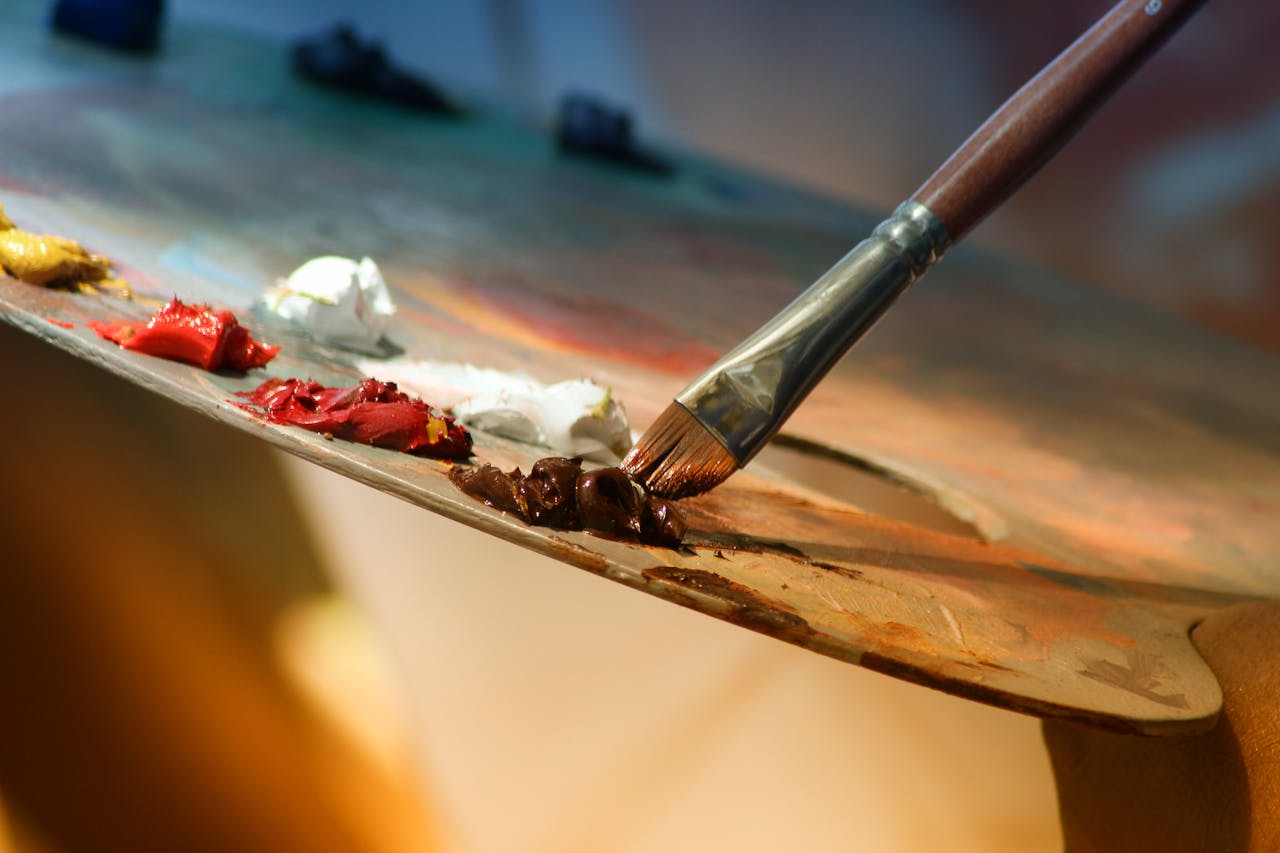Contemporary British art is a vibrant and evolving scene that captures the essence of modern life in the United Kingdom. The artists working today bring new perspectives and innovative techniques to the forefront, making their work both thought-provoking and visually striking. As you explore contemporary British art, you’ll find pieces that challenge conventions, provoke discussions, and reflect the diverse experiences of living in today’s world.
Engaging with contemporary British art allows us to connect with the artists’ visions and the cultural context in which they create. These works are not just pieces of decoration; they are expressions of thought and emotion that speak to the human condition. Whether you are an avid art collector or a curious newcomer, exploring contemporary British art offers a rich and rewarding experience.
Understanding Contemporary Art Movements in Britain
Contemporary art movements in Britain are diverse and dynamic, reflecting the ever-changing landscape of society. One of the most significant movements is Britart, which emerged in the late 20th century and includes influential artists like Damien Hirst and Tracey Emin. Britart focuses on bold, often controversial themes, using unconventional materials and techniques. This movement challenges traditional notions of art and encourages viewers to think critically about the world.
Another vital movement is Street Art, which has gained popularity in urban areas like London and Bristol. Artists like Banksy have brought street art into the mainstream, transforming public spaces into interactive galleries. This movement is characterised by its accessibility and its ability to address social and political issues directly. Street art often incorporates graffiti, stencilling, and poster art, making it a powerful tool for communication and expression.
These movements highlight the breadth of contemporary British art, showcasing how artists use their work to comment on current events and societal changes. By understanding these movements, we can appreciate the creativity and thought-provoking nature of contemporary art in Britain.
Key Artists Shaping Contemporary British Art
1. Damien Hirst: As one of the most prominent figures in Britart, Damien Hirst’s work often explores themes of life and death. Known for his installations featuring animals preserved in formaldehyde, Hirst pushes the boundaries of what is considered art. His pieces provoke intense reactions and invite viewers to confront their own feelings about mortality.
2. Tracey Emin: Another leading figure in Britart, Tracey Emin is famous for her autobiographical and confessional art. Her piece “My Bed” garnered widespread attention for its raw portrayal of her personal life. Emin’s work regularly delves into themes of identity, love, and human vulnerability, making it deeply resonant with many viewers.
3. Banksy: As a key player in the Street Art movement, Banksy’s anonymous persona adds to the intrigue of his work. His pieces often carry powerful political messages and social commentary, using humour and satire to engage the public. Banksy’s art can be found on walls and buildings worldwide, turning everyday locations into thought-provoking exhibits.
4. Anish Kapoor: Known for his large-scale sculptures and installations, Anish Kapoor’s work explores form, space, and perception. His use of reflective surfaces and vibrant colours creates immersive experiences for viewers. Kapoor’s pieces often challenge our understanding of reality and invite us to see the world from a new perspective.
These artists have significantly shaped contemporary British art, each bringing unique styles and themes to the forefront. Their contributions have enriched the artistic landscape, offering diverse viewpoints and inspiring future generations of artists.
How Contemporary Art Reflects Modern British Society
Contemporary British art offers a mirror to modern society, capturing its complexities and diverse experiences. Many artists address social issues such as identity, migration, and inequality. For example, Yinka Shonibare’s work often explores themes of colonialism and cultural identity. Through his use of brightly coloured African fabrics and historical references, Shonibare invites viewers to question their understanding of identity and history.
Political themes are also prevalent in contemporary British art. Artists like Banksy use their work to comment on topics such as government policies, consumerism, and human rights. This form of artistic expression raises awareness and encourages public discourse and reflection on important societal issues. By engaging with these artworks, viewers can gain insight into the political and social landscapes of modern Britain.
In addition to social and political themes, contemporary British art often reflects technological advancements and their impact on society. Digital art and interactive installations are increasingly common, allowing artists to experiment with new mediums and engage audiences in innovative ways. This blend of technology and art highlights the dynamic nature of contemporary art and its ability to evolve with the times.
Tips for Engaging with Contemporary British Art
1. Visit Galleries and Museums: One of the best ways to engage with contemporary British art is by visiting galleries and museums. These spaces offer a curated selection of artworks, providing a comprehensive overview of current trends and movements. Take your time to explore each piece and read any available information to deepen your understanding.
2. Attend Art Fairs and Exhibitions: Art fairs and exhibitions showcase a wide range of contemporary art from various artists and galleries. These events are great opportunities to discover new artists, see innovative works, and even meet the creators behind the art. Engaging with the art scene through these events can enhance your appreciation and knowledge.
3. Follow Artists on Social Media: Many contemporary British artists share their work and creative processes on social media platforms. Following your favourite artists can keep you updated on their latest projects and provide insights into their inspirations. Social media also allows you to engage directly with artists and other art enthusiasts, fostering a sense of community.
4. Join Art Workshops and Classes: Participating in art workshops and classes can give you a hands-on understanding of different techniques and styles. These activities not only enhance your art appreciation skills but also provide a creative outlet for self-expression.
Conclusion
Exploring the influence of contemporary British art movements is a journey into the heart of modern creativity and expression. Understanding key movements and the artists who shape them gives us valuable insights into the themes and issues that define our times. Contemporary British art reflects the multifaceted nature of modern society, addressing social, political, and technological changes in thought-provoking ways.
At White Court Art, we are dedicated to connecting you with exceptional pieces from contemporary British artists. Art is more than just decoration; it is a way to engage with the world and inspire meaningful conversations. Check out our gallery today to discover art that resonates with you and become a part of the dynamic world of contemporary British art.

